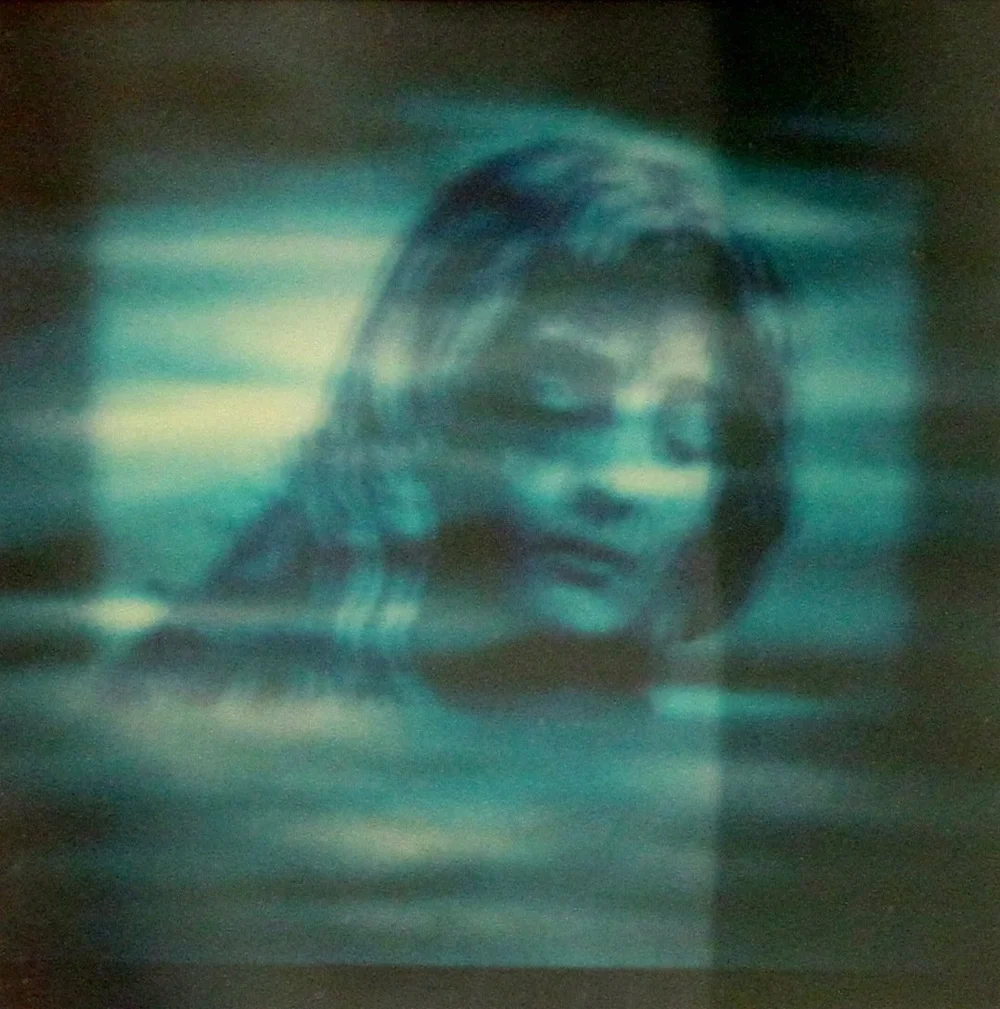THE WAKING PATH
When Roger Thorp was invited by Neil and Jane Armstrong, late one winter’s night, to create an installation for the Tremenheere Sculpture Gardens, he immediately had a notion of what he wanted to achieve. In May 2013 he had installed The Fountain Project in the James Turrell Skyspace at the same garden and lit the rising path towards it with flares. A steady procession of people climbed the hill and entered the Turrell ‘temple’. There were echoes of pilgrimage, through a beautiful garden…this image stayed with him.
Tremenheere lies on St Michael’s Way, part of the ancient pilgrimage route of El Camino de Santiago. The Waking Path is a collection of artworks that touch on a very human need to slow down, to listen, to gaze and seek grace. The artists involved have held true to Tremenheere’s guiding ethos “to evolve a naturalistic, Arcadian space blending the elements of landscape, planting and art to create a place for contemplation and wonder.”
All the art created for The Waking Path addresses the increasing contemporary interest in pilgrimage. The significance of place and journey is being explored by more and more people of all faiths and none. Maybe it is an antidote to our cultures obsessive policing and domination of national frontiers, and the human atrocities this can lead to? Could this wandering through territories be an act of resistance- a quiet, solo act taken by many that acts as a counterbalance to our culture of speed?
As a filmmaker Thorp has collaborated with painter Jesse Leroy Smith over the last year on a project exploring shifting creeds and ethnicity. They previewed ‘blood to dust’, a series of 7 animated paintings made on copper. From abstract colour human heads emerge, defined through cultural and religious iconography only to dissolve amidst relentless pigment and light. The films formed a projected installation in the Turrell Skyspace. Thorp is based in Gunwalloe on the Lizard Peninsula and Leroy Smith is based in Newlyn and Brighton. Their initial collaboration, Bardo 7.08 was projected on darkened wood in the entrance to the skyspace opposite Faye Dobinson's Field of Stars. Bardo 7.08 is a triptych that explores an interplay between Christian and Buddhist imagery.
Thorp exhibited a series offilms on The Hanging Cloth that created a linear triptych in the Skyspace as well as Songs For The Hard Earth, song films that are lyrically and visually relevant to the intent of The Waking Path. Thorp’s End Of The Way features Pilgrims at their destination in Santiago de Compostela. A moment is captured when they react to the camera.
Faye Dobinson’s involvement was due to her recent walk on parts of El Camino. Field of Stars (Campus stellae) is a lightbox that depicts a constellation made of plotted points along her route through Spain, creating “a shimmer of significance”. Its placement, on the actual pilgrims’ way itself, ties in the temporal and topographical aspects of her journey, making the piece not just a memorial but an active continuation of the Camino. Dobinson also created a stone Cairn, inspired by the many she encountered along The Way. Incremental 2014 is an interactive piece where she asked all visitors to carry a stone from the bottom pile to the pile on the top of the hill. This accesses something ancient- an act that speaks of hope, love, and purpose. Dobinson is based in Perranuthnoe, near Penzance.
Joe Dworniak, a musician and producer works between Spain and Riverfish Music in Penzance. He has an impressive list of World Class Spanish & Cuban artist collaborations and created a soundscape to guide the viewer along the path from the lower ground to the top of the hill and the Skyspace.
Xurxo Chirro was introduced to Thorp by Pedro de Llano, a Spanish curator previously based in Santiago de Compostela; He will be showing Santa Catalina. “In 2012 the procession of Saint Catalina is held for the first time in A Cruzada neighbourhood: A Guarda. The itinerary overcomes steep slopes and narrow paths. This is an ethnographic pretext that turns up to be a reflection on spirituality and religion by means of the cinema. The position of the camera, the staging, the low angles and the duration of the scenes place this short film inside the devotional cinema.”
It was in conversation with Pedro de Llano, that Thorp was inspired by hearing of ‘On the Road’, an exhibition celebrating the 800th anniversary of St Francis of Assisi’s visit to the city. This introduced the element of paying homage to St Francis in The Waking Path.

